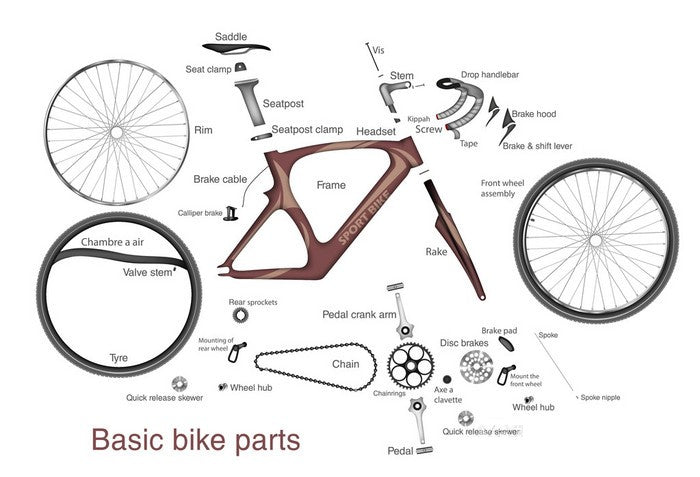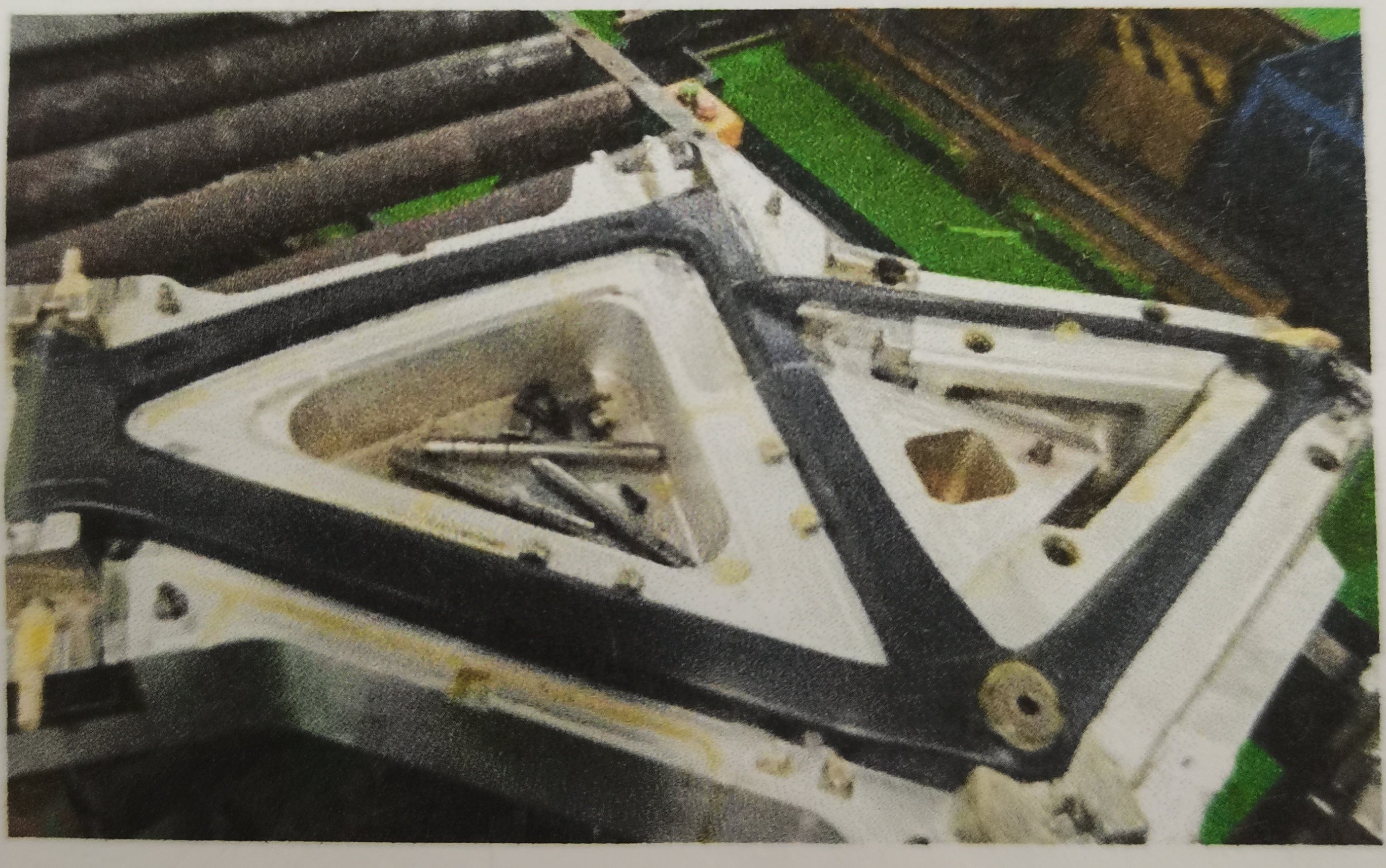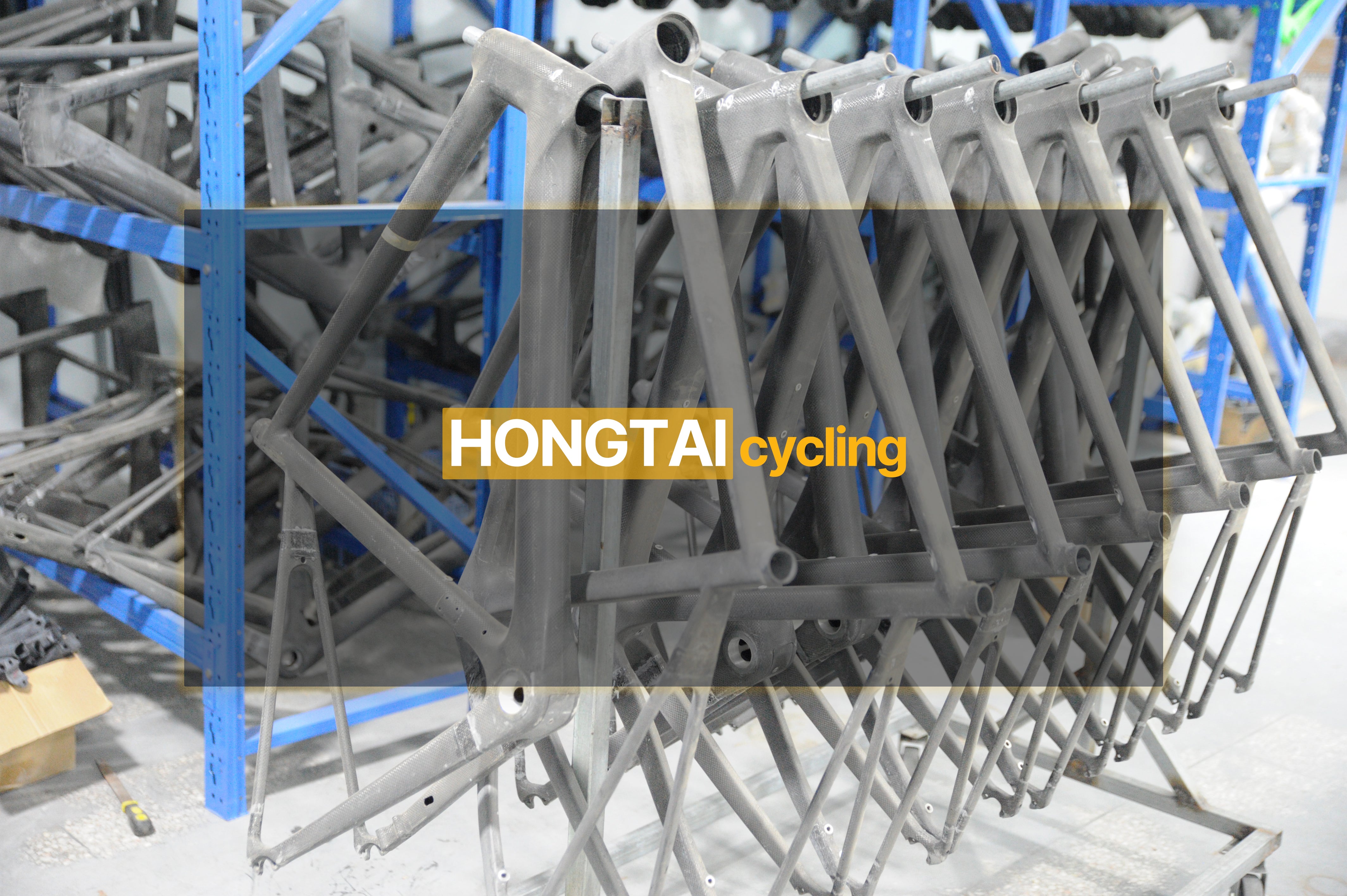
Carbon Bike Frame: A Detailed Q&A
Cycling is an enjoyable activity, whether you do it for leisure, fitness, or competition. When it comes to buying a bike, the frame material is an important consideration. In recent years, carbon fiber has become a popular choice among cyclists for its lightweight and stiff properties. However, there are also concerns about its durability and maintenance. In this article, we will answer some of the most frequently asked questions about carbon bike frames.
Is a carbon bike frame more comfortable?
One of the reasons why carbon fiber is a popular choice for bike frames is because it has natural shock-absorbing properties. Carbon fibers have a high strength-to-weight ratio, which allows for more precise tuning of the frame's stiffness and compliance. This means that a carbon frame can be designed to provide a smoother ride by reducing road vibrations, which is especially beneficial for long rides and rough terrain.
That said, the comfort level of a bike frame is not solely determined by the material. Other factors, such as geometry, tires, and saddle, also play a significant role. So while a carbon bike frame can contribute to a more comfortable ride, it's not a guarantee. It's essential to test ride a bike before making a purchase to see if the fit and feel are right for you.
Is a carbon bike frame durable?
Carbon fiber is known for its strength and stiffness, but it's also vulnerable to impact and stress. While it can handle a lot of force in the right direction, it can crack or break if exposed to excessive force from the wrong angle. The good news is that carbon fiber is designed to fail gracefully, meaning that it will show visible signs of damage before it completely fails. This is unlike metal frames, which can suddenly break without warning.
In general, carbon bike frames are durable enough for regular use, but they require proper care and maintenance to last long. Regular inspections, cleaning, and handling will help you catch any signs of damage early on and prevent further harm.
How to tell if the carbon bike frame is cracked?
As mentioned earlier, a carbon bike frame will show visible signs of damage before it completely fails. These signs may include cracks, dents, bulges, or scratches. The most common place to find damage is around the bottom bracket and head tube, which are high-stress areas that experience a lot of force.
To inspect your bike frame for damage, you can start by visually examining the frame for any signs of damage. Run your hands over the frame to feel for any abnormalities, and listen for any unusual noises when riding. You can also use a bright light to look for cracks in the paint or any visible changes in the surface texture.
If you suspect that your frame is damaged, it's important to take it to a professional bike mechanic for a thorough inspection. They can use specialized tools, such as X-rays or ultrasound, to determine the extent of the damage and whether it's repairable.
Can a carbon frame be repaired?
Carbon frames can be repaired, but it's important to have the repair done by a professional who is experienced in working with carbon fiber. DIY repairs are not recommended, as they can compromise the structural integrity of the frame and cause further damage.
How to repair a carbon fiber bike frame? Carbon fiber bike frames can be repaired using a variety of methods, depending on the severity of the damage. Small cracks or chips can often be repaired with epoxy or a carbon fiber patch, while larger structural damage may require a more extensive repair process. In any case, it's important to have the repair done by a professional who can assess the damage and determine the best course of action.
Should a mountain bike be of carbon frame?
Whether or not a mountain bike should be of a carbon frame is a highly debated topic in the cycling community. Some people prefer carbon frames for mountain biking because they are lightweight and offer a comfortable ride. However, others argue that carbon frames are not as durable as aluminum frames and are not suitable for the demands of mountain biking.
When it comes to mountain biking, durability is often the most important factor to consider. Carbon frames are more susceptible to damage from rocks, tree branches, and other hazards that are common on mountain bike trails. In addition, carbon frames are more likely to crack or suffer from other types of damage than aluminum frames.
That being said, many professional mountain bikers ride on carbon frames and find them to be highly effective. If you are an experienced rider and are willing to take extra care to avoid damage to your frame, a carbon frame may be a good option for you. However, if you are new to mountain biking or are looking for a more durable option, an aluminum frame may be a better choice.
How to clean a carbon bike frame?
Cleaning a carbon bike frame is a critical part of maintaining its durability and performance. To clean a carbon bike frame, follow these simple steps:
① Rinse the bike frame with water to remove any dirt or debris.
② Apply a carbon-safe cleaning solution to the frame.
③ Use a soft-bristled brush to scrub the frame, paying particular attention to any areas that are dirty or have been exposed to salt or other corrosive substances.
④ Rinse the frame thoroughly with water, making sure to remove all traces of cleaning solution.
⑤ Dry the frame with a clean, dry cloth.
It is important to note that you should never use abrasive cleaning products or harsh chemicals on a carbon bike frame, as these can cause damage to the material. In addition, you should avoid using high-pressure water or washing the bike frame in a hot environment, as this can cause the resin to break down and weaken the frame.
How to take care of a carbon bike?
Taking care of a carbon bike involves a few key steps to ensure that the bike remains in good condition and performs well over time. These steps include:
Store the bike in a dry, cool place, away from direct sunlight or extreme temperatures.
Keep the bike clean and free from dirt, debris, and other contaminants.
Inspect the bike frame regularly for signs of damage or wear, including cracks, dents, or other types of damage.
Lubricate the bike chain and other moving parts regularly to keep them running smoothly.
Replace any worn or damaged components as soon as possible, as this can prevent further damage to the bike frame.
By following these simple steps, you can ensure that your carbon bike remains in excellent condition and provides you with many years of enjoyable cycling.
Conclusion:
Carbon bike frames have become increasingly popular in recent years due to their lightweight, comfortable, and aerodynamic qualities. While they are more expensive than other types of bike frames, they offer a number of advantages that make them a popular choice among serious cyclists.
When it comes to caring for a carbon bike frame, it is important to take extra care to avoid damage and to keep the frame clean and free from contaminants. By following these simple steps, you can help ensure that your carbon bike frame remains in excellent condition and provides you with many years of enjoyable cycling. Whether you are a seasoned pro or a beginner, a carbon bike frame is a great investment in your cycling performance and enjoyment.



















0 Comments